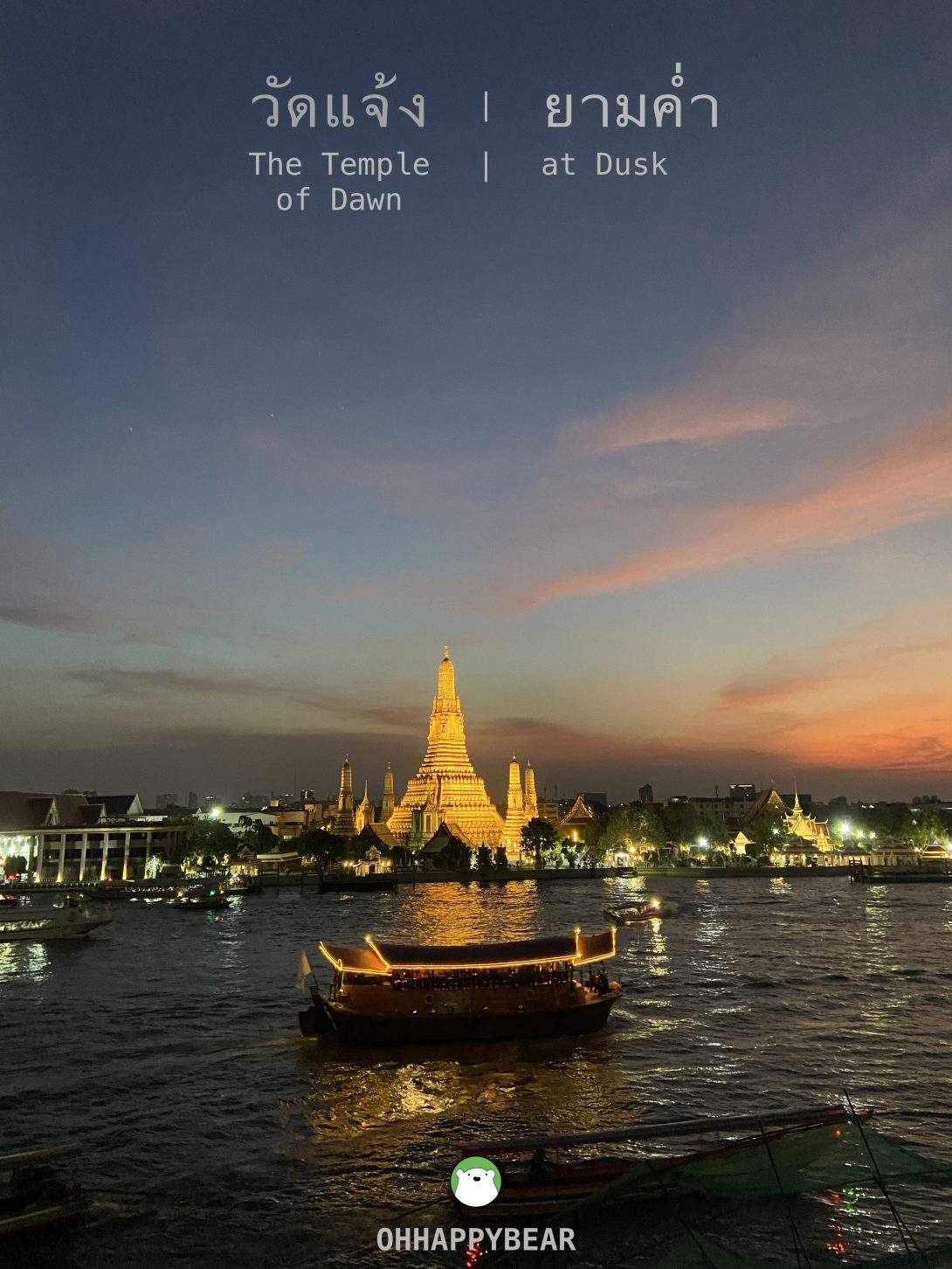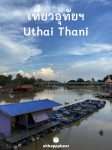(EN/TH) Here’s one of the most iconic, and perhaps most visited, landmarks in all of Bangkok. Wat Arun, or the Temple of Dawn, is where I would take friends from out of town to visit. They would gawk, they would be impressed, and they would ask for more temple visits, which I would mostly comply with. After all, after all these years, it seems to me that temples are also my solace. The place where I can trace back to the past, at least in my mind, to revisit stories and things I have read about here and there.

But Wat Arun is more than just an attraction. Sitting on the west side of the Chaophraya, Wat Arun has been around longer than Ratanakosin Island itself. This ancient temple was already here when the Ayutthaya Kingdom ended and our capital was moved to this part of town that later became Krung Thongburi. Wat Arun was then called Wat Makok, but since Phra Chao Tak saw this temple on his way up river to found the new capital at dawn, he called it “Wat Chaeng,” or the Temple of Dawn. It was later in the era of King Rama II that this temple was named “Wat Arun Ratchawararam Ratchawaramahawihan,” a royal temple of the first class. The place has been an icon for Bangkok and Thailand ever since. P.S. The Ratanakosin Kingdom has just reached its 240th year this year.

Wat Arun is an architectural wonder. Sitting on the bank of the river with soft soil as the foundation, it was a marvel that the builders back in the day could achieve such a height for the Phra Prangs. It was said that the original Phra Phrang was not this tall, only about 16 metres, but still, it was a major feat. This current appearance is the result of the main renovation that began in the era of King Rama II. It was said that it took a deep-set crisscrossing foundation made of the strongest timbers available to build the entire structure. The current height of the main Phra Prang is now almost 70 metres (different archives show different heights, but the official temple’s website shows it as 67 metres).

The best time to see Wat Arun, for me, is in the evening, with the sun setting just behind the temple. On a clear day, with the skies turning countless colors, one will surely have an evening of a lifetime. A lot of people go through the effort of booking a bar, or a restaurant, on the opposite bank overlooking the Temple of Dawn, but the view can also be had for free. Just walk in through the Soi “Pratu Nok Yung,” which is directly opposite Wat Pho’s parking entrance, and there will be a public pier where one can watch the dramatic skies over the Temple of Dawn at one’s desire.

But I was there at the Amorosa Bar, which is on the top two floors of The Deck. They accept bookings made three months in advance. And the best way to do so is via email: service@arunresidence.com.
And the best way to get there is via the MRT. Get off at ‘Sanam Chai’ and walk.
P.S. For those wishing to visit Wat Arun during the day, the temple is open 8:00 – 18:00 daily. And you can walk from MRT: Itsaraphap.


